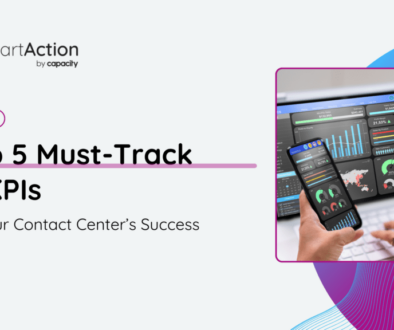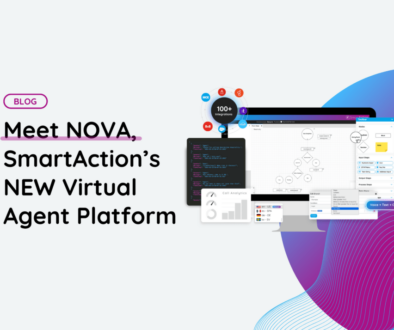Adding a Chatbot: Trust a Pro or Build it Yourself?
Conversational chatbots are one of the top market disruptors in call center automation. Beginning in 2017, the use of chat bots in call centers grew in popularity and became widely utilized. However, in recent years their use has declined as businesses have learned how difficult it is to properly maintain a chatbot that actually helps customers to accomplish their goals.
Learning through trial and error, many businesses learned about the complexity too late, and spent considerable time and money to reverse course.
Why is it So Hard to Implement and Maintain a Chatbot?
Businesses undervalue the importance of continual optimization in chatbots that use natural language processing (NLP).
For teams who have adopted the set it and forget it approach of using commercially available frameworks are focused on their use to design, customize, and deploy – forgetting what happens once that chatbot is “in the wild.”
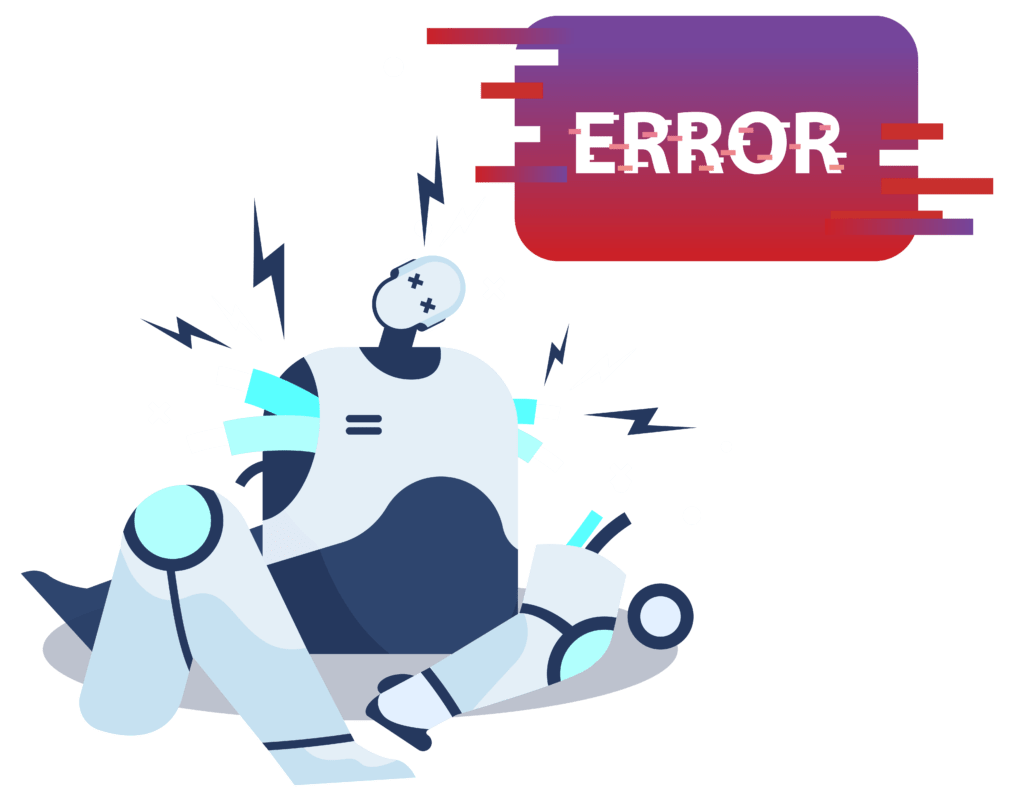
In other words, businesses introduce chatbots and then tend to neglect them, as resources are reassigned to other key projects.
The first day of deployment is the best day of the chatbot’s “life.” That said, the brand-new chatbot may initially be successful at deflecting calls by responding to some straightforward questions, but it will become less efficient with time if it isn’t appropriately adjusted and enhanced.
In fact, many businesses have seen this firsthand: call numbers drop temporarily before rising to pre-chatbot levels or greater. Call centers must adapt to changing client demands for self-service by giving their chatbots new features and capabilities.
Unfortunately, this calls for a significant amount of time, effort, and supervision. Chatbots on their own lack the capacity to continuously update themselves to handle more client questions and inquiries in the many and varied ways they are presented by customers – they require regular maintenance and ongoing tuning. This regular maintenance and tuning goes against the initiative of offloading work from humans in the first place.
Inconsistency: The Negative Side Effect of Creating a Chatbot in a Silo
Chatbots are frequently developed independently of the other consumer self-service channels, or “in a silo,” making it challenging for businesses to maintain continuity of service.
Voice is probably still your busiest channel; in fact, most studies indicate that over half of engagements still take place in the voice channel, even though digital channels like chat may feel like they are more prevalent today.
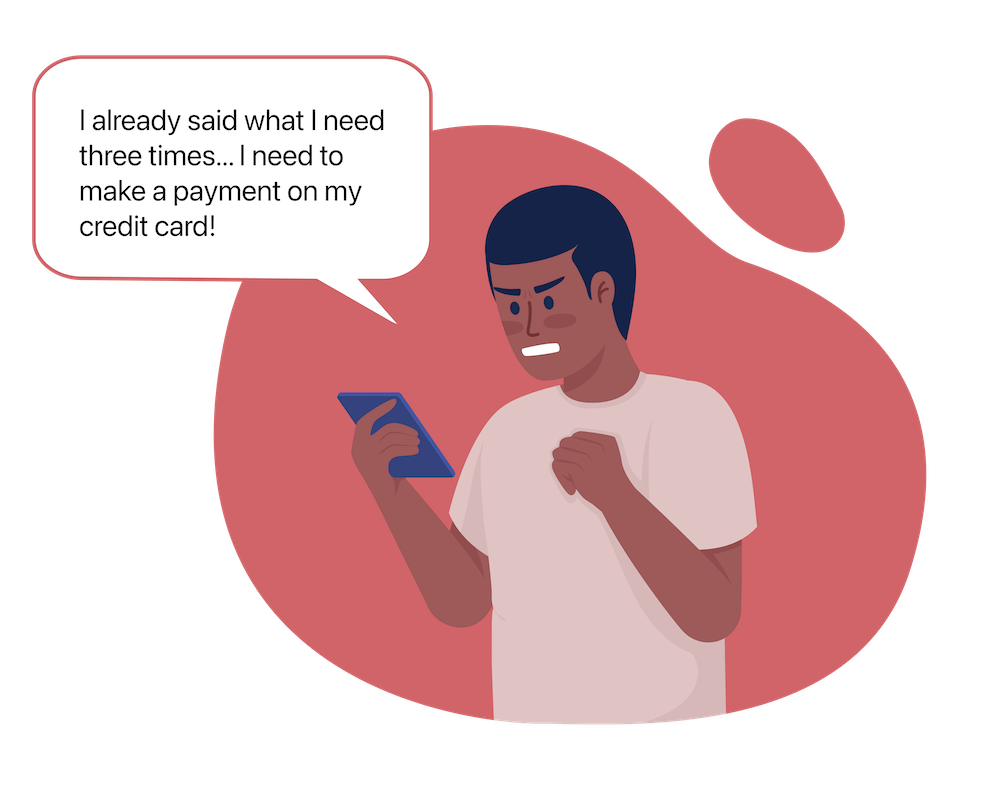
Call centers are putting themselves into more difficult situations by being unable to provide the same automated experience and functionality in the chat and voice channels. When there is an inconsistent experience, everyone gets frustrated because of the repetitive data collection by chatbots, IVR, and live agents.
For instance, if a client switches from a conversation with an AI chatbot to a phone call, the IVR is unlikely to know that the user had just been conversing with the bot. The consumer is prompted to repeat information since not all the data that the chatbot had obtained has been sent.Customers must exert a lot of effort to switch channels because chatbots don’t connect into the rest of a company’s CX framework. A seamless experience that makes creates loyal customers is prevented by these limitations.
Without a Doubt, Chatbots are More Than Merely Call Diversion Tools.
Even if it starts as an initiative in another department, call center directors must be involved in any chatbot launch because they frequently handle increased call volume if it fails.
More significantly, leaders need to think about the ramifications of investing in a one-off system that is challenging to maintain and does not have a clean connection to the voice channel before a DIY bot-building platform enters your tech stack.
The ROI is Undeniable When You Choose a Pro to Build your Chatbot.
Hundreds of businesses choose SmartAction when it comes to voice and chat automation.
TechStyle Fashion Group group used virtual agents in voice and chat rather than allocating internal staff and resources to creating and maintaining their own conversational chatbot.
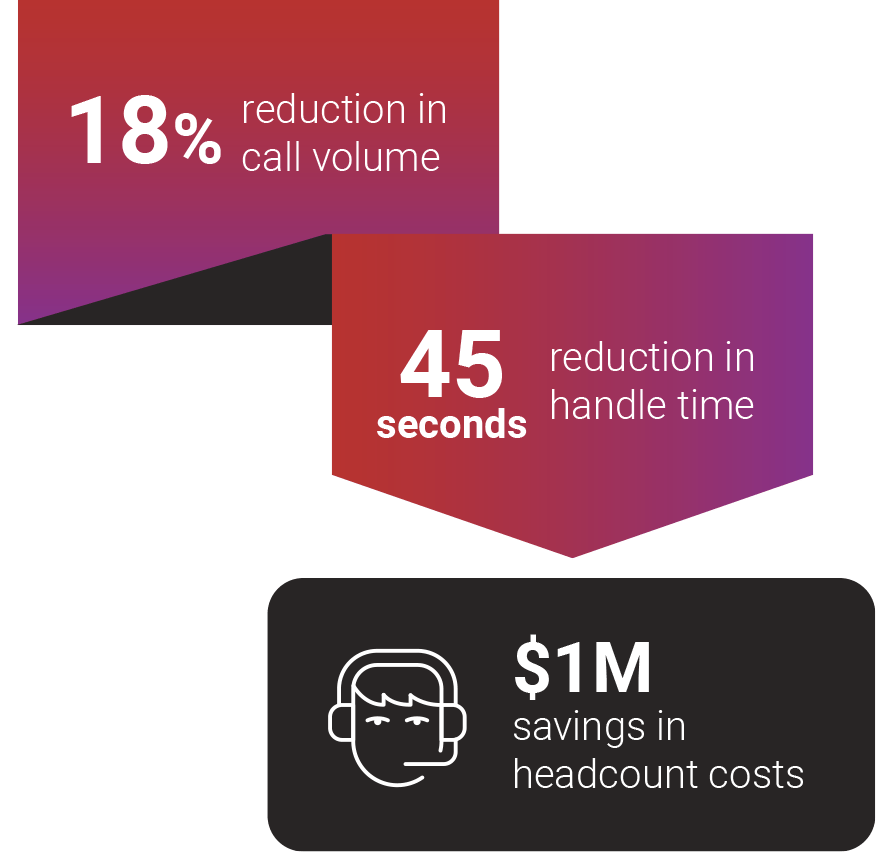
Techstyle was able to successfully save more than $1 million in one year by offloading hundreds of thousands of conversations per year.
SmartAction’s designers, project managers, developers, IT professionals, and QA team help clients make the transition to AI automation, often starting with voice and expanding to other channels like chatbots for automated customer service solutions.
For the most human-centric AI experience possible, these CX specialists tune, maintain, and develop the system, all as a part of TechStyle’s contract with SmartAction. All of this comes with a reasonable one-time setup price and a predictable pricing structure for usage.
At SmartAction, our goal is to make successful chatbots easy, and our clients would tell you that we’re hitting our mark. Check out these success stories from some familiar brands that trust us to aid them in providing top notch customer care!
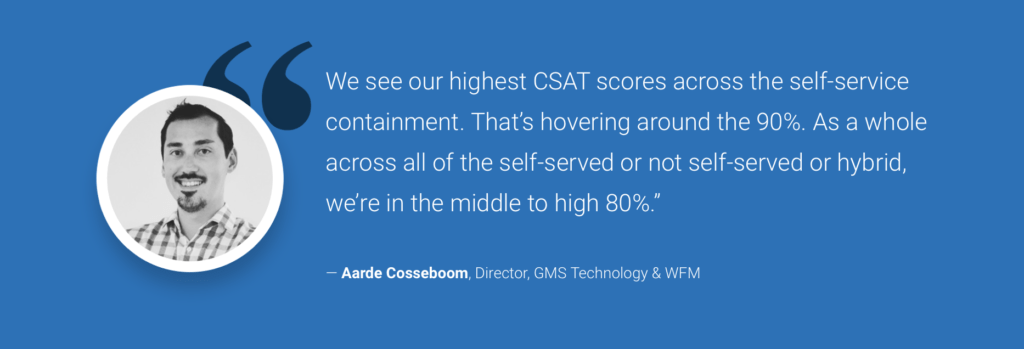

Since 2002, SmartAction has helped 100+ industry-leading brands streamline their contact centers and take their customer experience to the next level through AI voice, text, and chat.
Discover why we’re the top-rated Virtual Customer Assistant solution on Gartner Peer Insights and have been named “The Leader in AI-enhanced Self-Service,” by Frost & Sullivan.
GET IN TOUCH
See How We Can Help You Exceed your CX Goals.
Related Content

BLOG
How Virtual Agents Help the Live Agent Workforce
How exactly does the real–life relationship between virtual and live agents play out? Check out this blog post to find out.
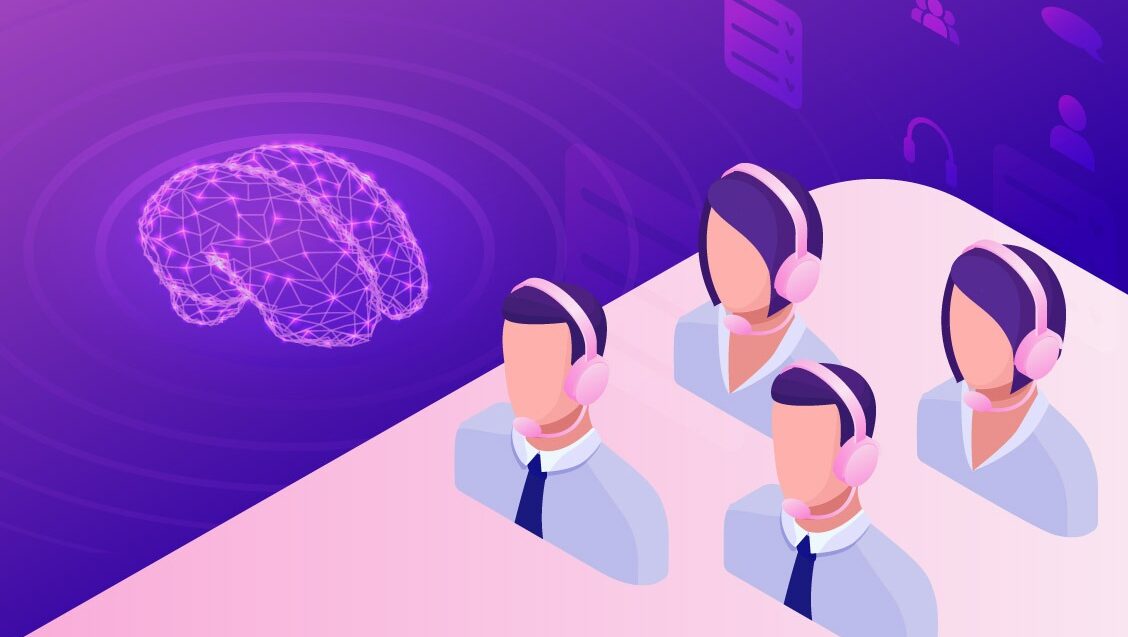
WEBINAR
Masterclass: Conversational AI for Contact Centers
Learn how AI experts can tune your customer grammars and intents for absolute accuracy beyond your home device or phone speech-to-text.
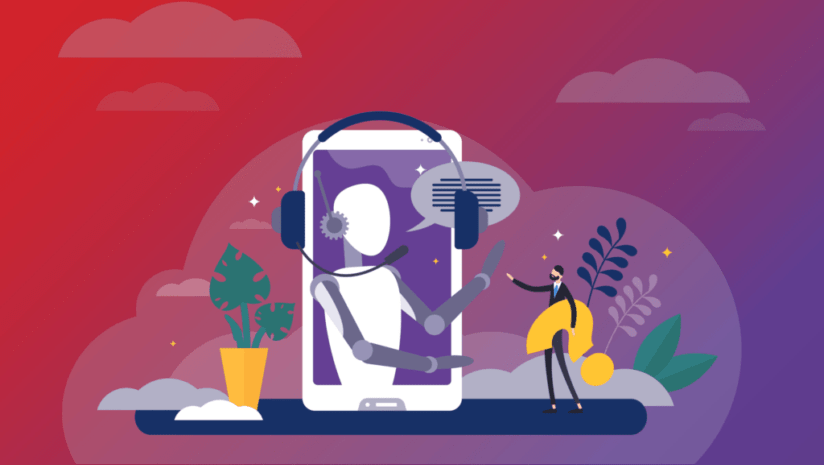
BLOG
Debunking 5 Conversational AI Myths
We expose the top 5 conversational AI myths for what they are and set those up for success who are forging a trail towards automating their contact centers.



